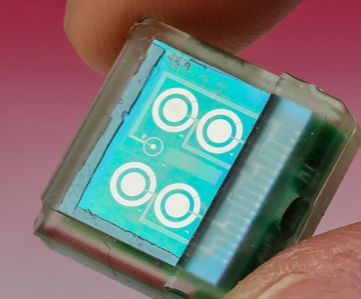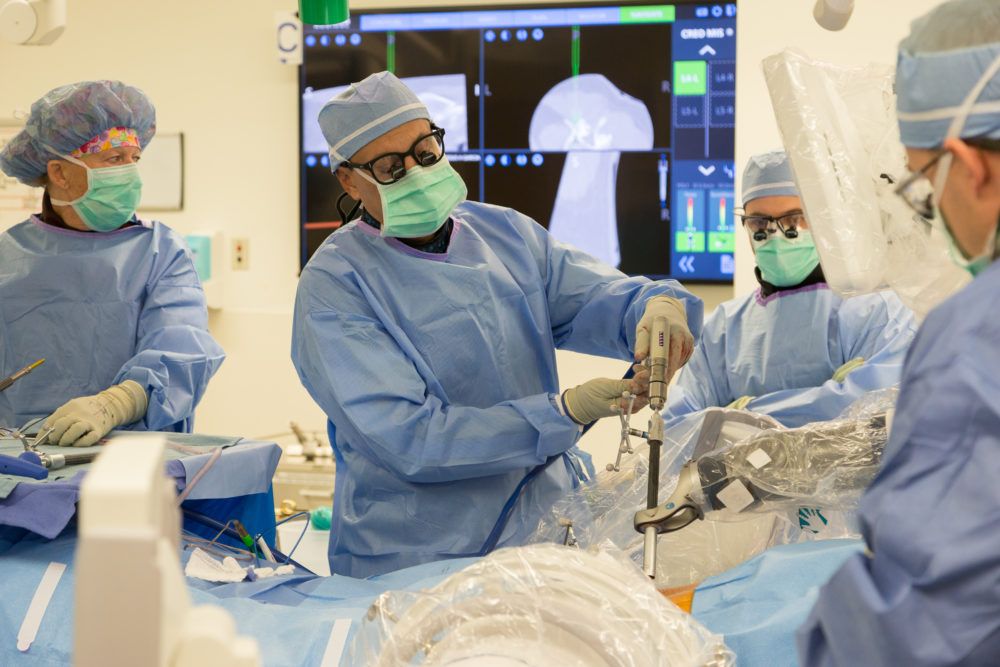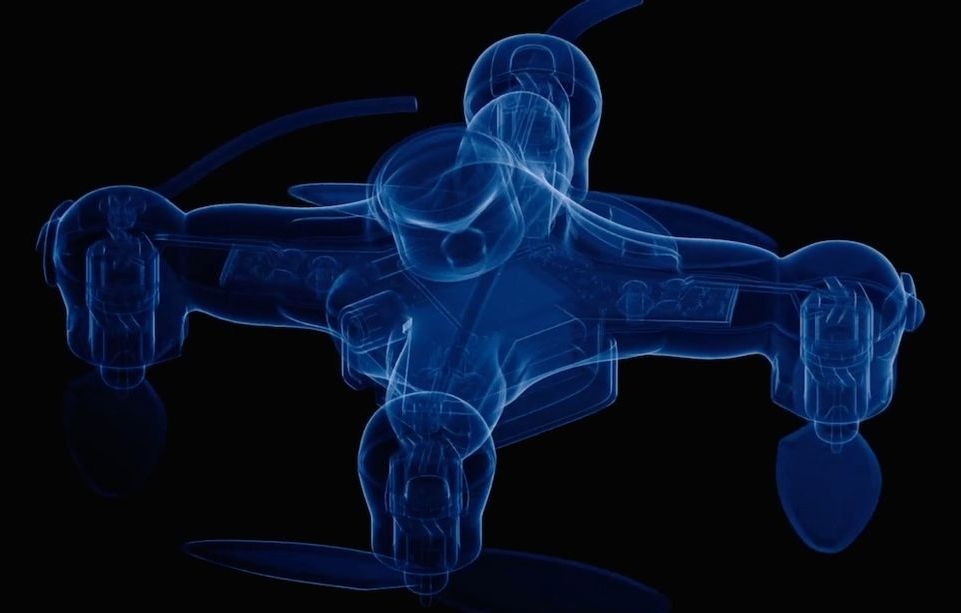If the goose that laid the golden egg had a real-life counterpart, it would be C. metallidurans. This hardy little bacterium consumes toxic metals and excretes tiny gold nuggets, but how and why it does so has never been fully understood. Now, German and Australian researchers have peered inside the microorganism and figured out that mechanism.
C. metallidurans has carved out a nice little niche for itself, usually living in soils full of heavy metals, which are toxic to most other microorganisms. But this bacteria has evolved a defense mechanism to help it not only survive but thrive under those conditions, and its ability to turn toxic compounds into gold is well known enough to once earn it a place in an alchemy art installation.
“Apart from the toxic heavy metals, living conditions in these soils are not bad,” says Dietrich H. Nies, an author on the new study. “There is enough hydrogen to conserve energy and nearly no competition. If an organism chooses to survive here, it has to find a way to protect itself from these toxic substances.”







